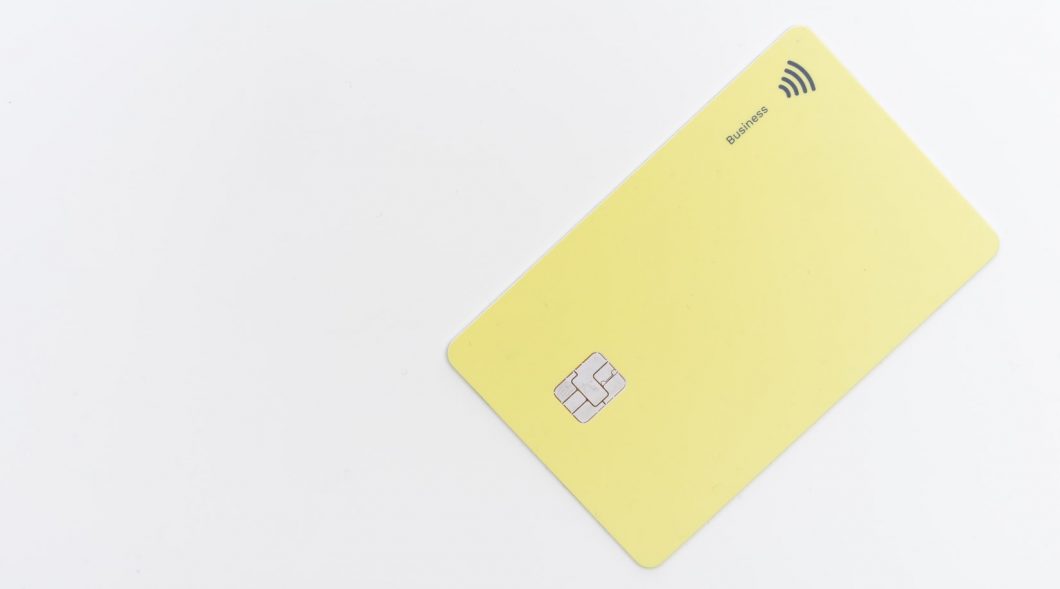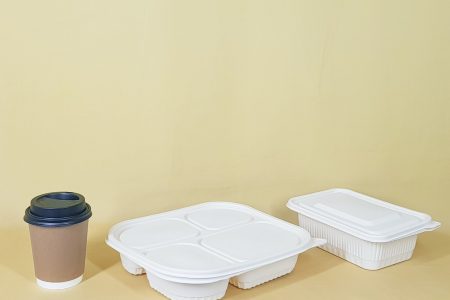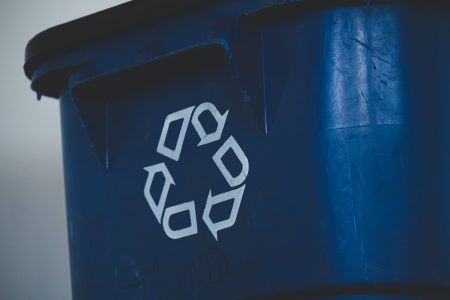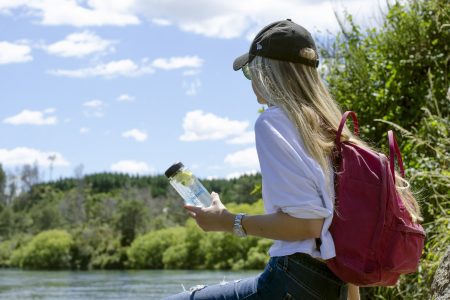When divers started exploring the wreck of the Titanic, they were shocked to find the absence of one material: Plastic! It is amazing how plastics are now part of our everyday lives after almost 100 years! Think for a minute of the great number of plastics things you have used today: the mattress you sleep on, your cell phone, your toothbrush.
Your clothing contains plastic fibres to increase its strength and durability, while the toaster is coated with plastic to prevent you from burning yourself. Your newspaper comes in a plastic bag to prevent it from getting wet on your doorstep, while the food in your freezer is protected from freezer burn by plastic. The diverse properties of plastics such as fire resistance, weight, and durability improve our quality of life.
What are plastics?
Plastic is basically any material that can be heated or moulded while retaining its shape after it has been cooled. Plastics are synthetic materials, also called polymers. The word “polymer ” comes from the Greek word for “of many parts.” A polymer is a long-chain molecule, made of many smaller molecules, called monomers, linked together. Monomers contain mostly carbon, hydrogen, oxygen, or silicon, but also contain many other common elements such as chlorine, fluorine, nitrogen, phosphorous or sulphur. Think of a train as a polymer. Each car on the train contains a set of objects; the cars are linked together to form the train. Different combinations of monomers make resins with special properties and characteristics. Silly Putty, for example, is a silicon-based polymer, while Teflon’s polymers contain fluorine.
There are two divisions of plastics (polymers): thermoplastics and thermoset. The first group can be heated and reformed repeatedly, while thermoset polymers cannot be reformed as they will scorch. Most importantly, plastics or polymers are inert, meaning they do not react easily with other chemicals, can be both thermal and electrical insulators, are lightweight, and vary in strength. Polymers can be moulded into bottles, mixed to become adhesives or foamed into polystyrene (e.g., Styrofoam™) to create a variety of products. They are materials with a seemingly limitless range of characteristics and colours.
Can you imagine our world without plastics? Or maybe you are asking,
- What are plastics, anyway?
- Where did they come from?
- How are they made?
- Are all plastics the same?
- How much do we use plastics?




